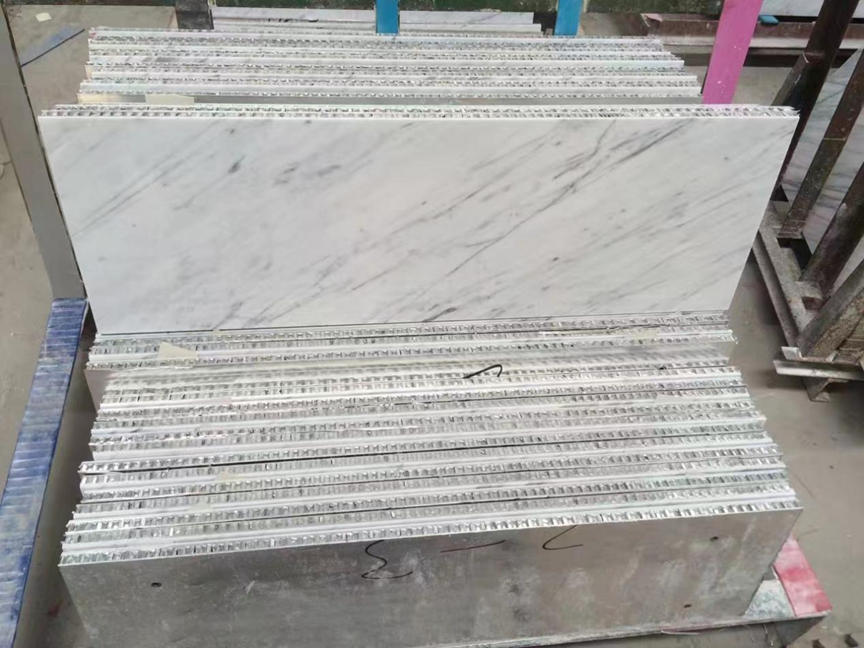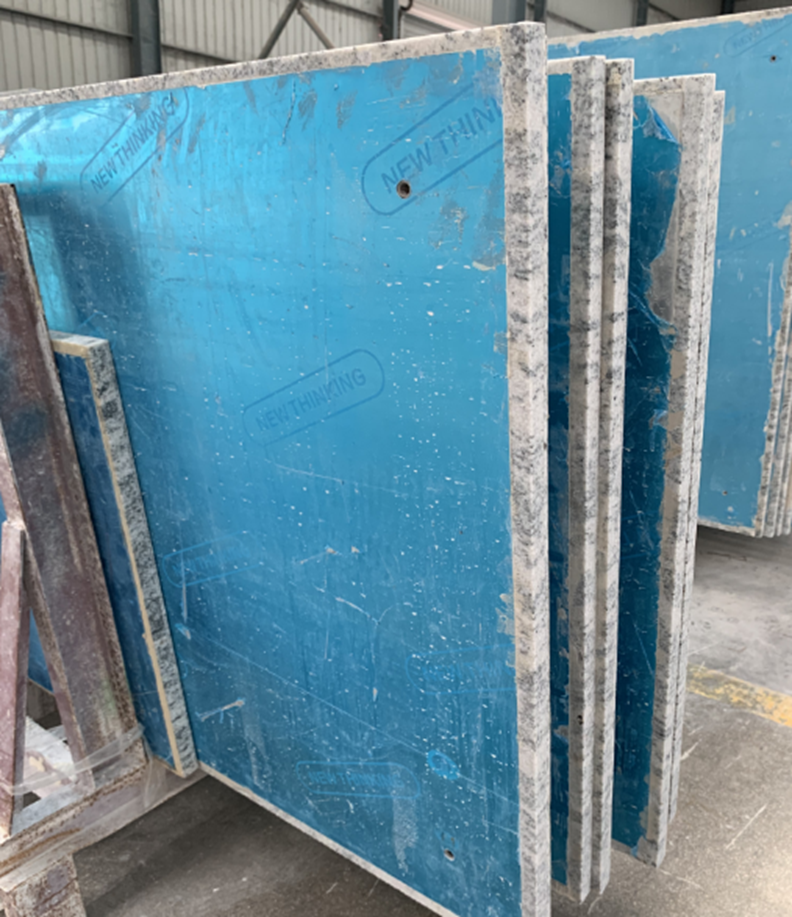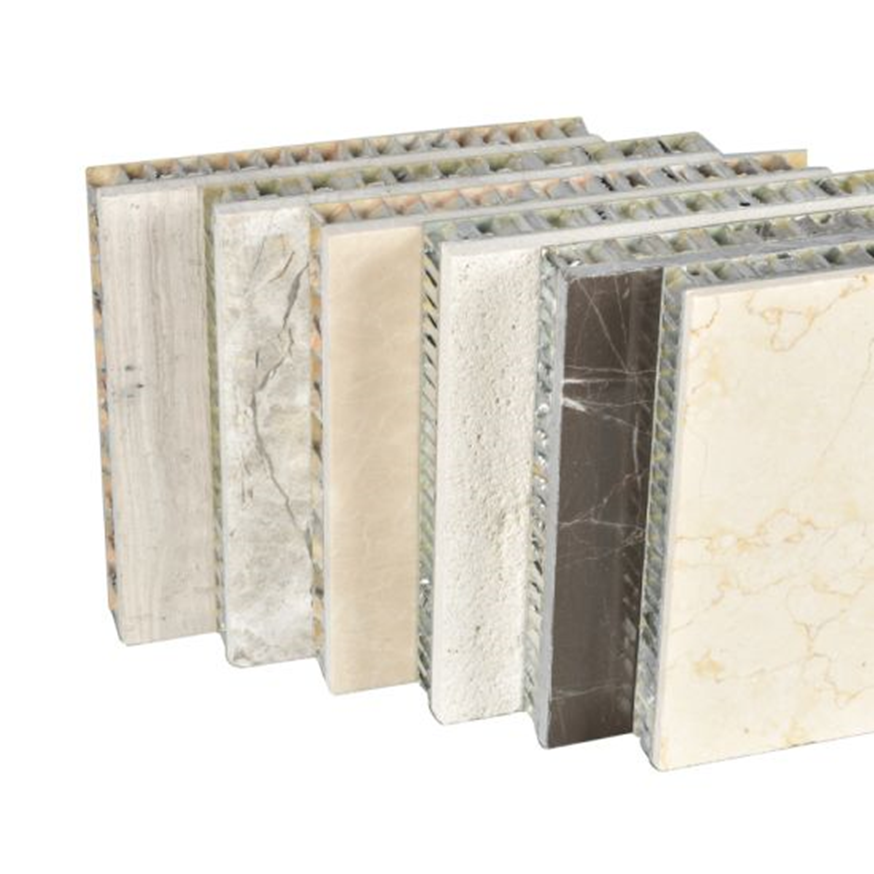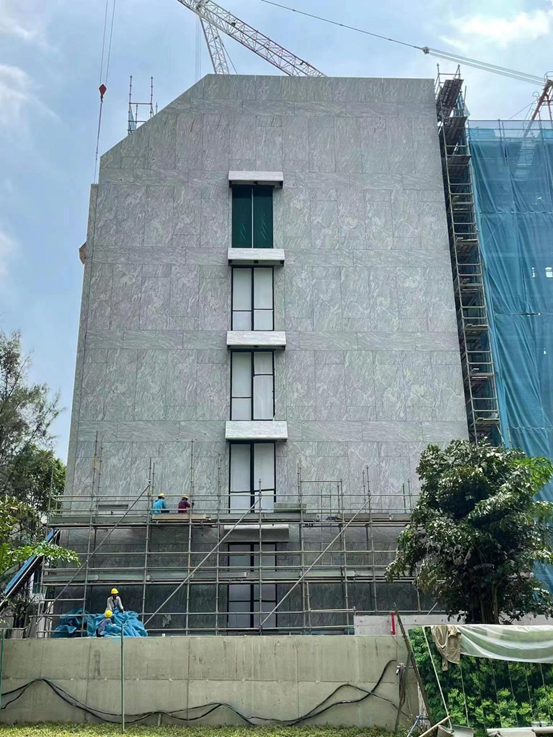Application and Characteristics of Aluminum Honeycomb Composite Panels in Architecture
Aluminum honeycomb composite panels have become increasingly popular in the field of architecture, offering a unique combination of strength, versatility, and aesthetic appeal. Their usage in architectural projects has become widespread due to their exceptional performance and numerous advantages.

One notable characteristic of aluminum honeycomb composite panels is their lightweight nature. Compared to traditional building materials, such as solid aluminum or steel, these panels are significantly lighter. This not only simplifies the installation process but also reduces load-bearing requirements on the building structure, resulting in cost savings.

In addition to their light weight, these panels offer an excellent strength-to-weight ratio. The honeycomb structure provides exceptional rigidity and structural integrity, ensuring that the panel can withstand external forces and maintain its shape. This makes aluminum honeycomb composite panels suitable for a wide range of architectural applications, including exterior cladding, curtain walls, roofing systems, partitions, and decorative elements.

Another significant advantage of these panels is their outstanding thermal insulation properties. The honeycomb core acts as a thermal barrier, effectively reducing heat transfer between the interior and exterior of the building. This results in improved energy efficiency, reduced energy consumption, and lower heating and cooling costs.
Stone aluminum honeycomb board is generally made of 3-5mm stone and 10-25mm aluminum honeycomb board, after a special adhesive bonding composite. The thickness of the exterior curtain wall stone aluminum honeycomb panel is 4-5mm, and the thickness of the aluminum honeycomb panel is not less than 25mm; The thickness of the inner wall stone aluminum honeycomb panel is 3-4mm, and the thickness of the aluminum honeycomb panel is 15mm; The thickness of the suspended ceiling stone aluminum honeycomb panel is 3-4mm and the thickness of the aluminum honeycomb panelis 15-20mm; The thickness of the ground stone aluminum honeycomb panel is 5-8mm, and the thickness of the aluminum honeycomb panel is 10-15mm.

Furthermore, aluminum honeycomb composite panels offer excellent fire resistance, making them a safe choice for architectural applications. The non-combustible nature of aluminum and the honeycomb structure's ability to act as a flame retardant significantly enhance the panels' fire resistance. This characteristic is crucial in meeting strict building code requirements and ensuring the safety of occupants.
Aesthetic versatility is another key feature of aluminum honeycomb composite panels in architecture. These panels can be customized to suit different design preferences, with various finishes, colors, and textures available. They can be used to achieve a modern, sleek appearance or replicate the look of natural materials, such as wood or stone, without compromising on performance.
Lastly, aluminum honeycomb composite panels are durable and require minimal maintenance. The aluminum outer layers are corrosion-resistant and can withstand harsh weather conditions, ensuring the longevity of the panels. Regular cleaning and basic maintenance are typically sufficient to keep them in optimal condition.

In conclusion, aluminum honeycomb composite panels offer a multitude of benefits for architectural applications. Their lightweight nature, high strength-to-weight ratio, thermal insulation properties, fire resistance, aesthetic versatility, and durability make them a preferred choice for architects and designers. By incorporating these panels into architectural projects, buildings can achieve both structural stability and visual appeal.








